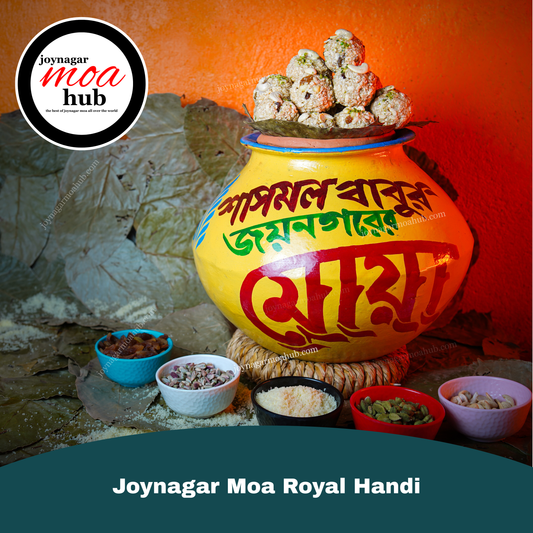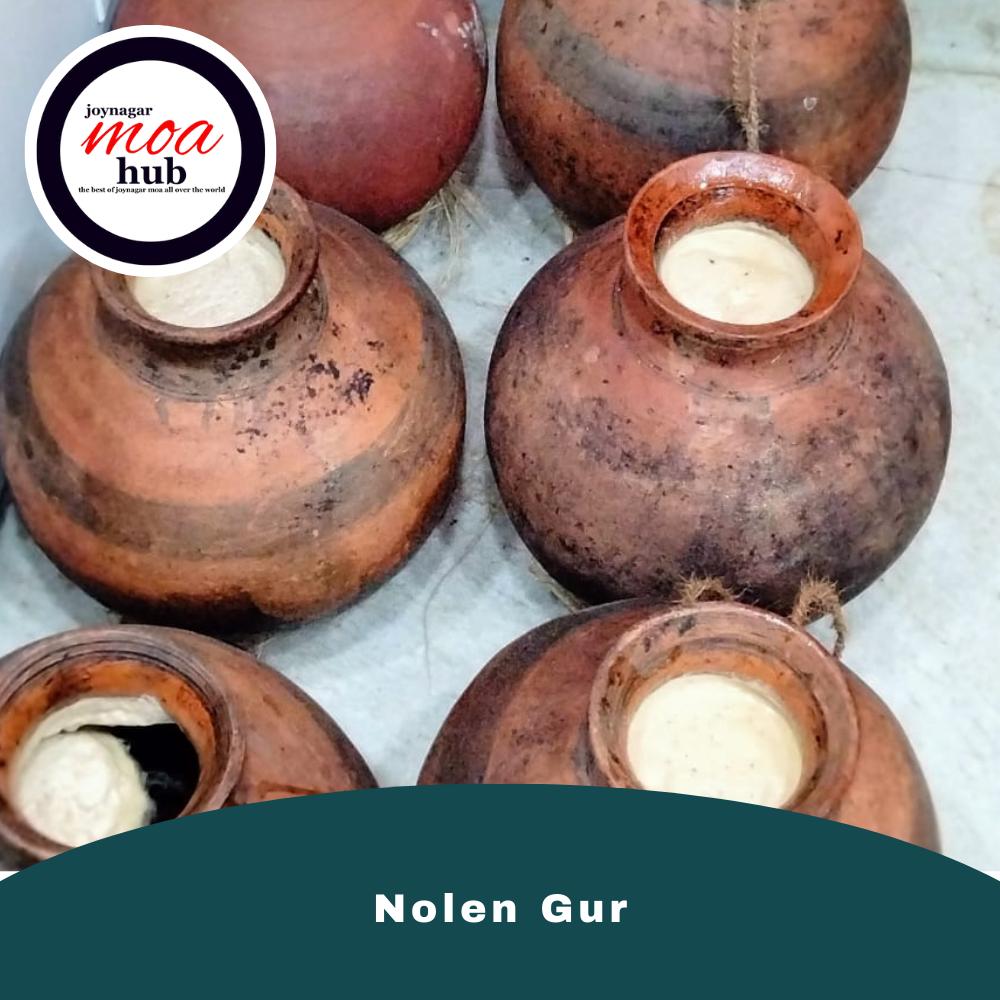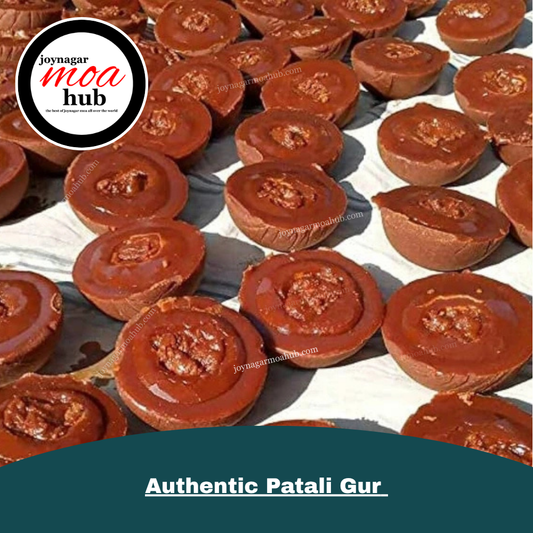Collection: Traditional Sweets
History and Evolution of Indian Sweets – Point by Point

-
Ancient Origins:
Indian sweets trace their roots back thousands of years, with mentions in ancient scriptures like the Vedas. Offerings of milk, honey, and jaggery-based sweets were common in rituals and temple traditions. -
Ayurvedic Influence:
Ayurveda influenced early Indian desserts, encouraging the use of natural ingredients like jaggery, milk, ghee, dry fruits, and herbs to balance body energies (doshas). -
Regional Diversity:
India’s vast geography led to region-specific sweets based on local ingredients — milk in the East, besan in the West, jaggery and coconut in the South, and wheat in the North. -
Temple Origins:
Many sweets such as Peda (Mathura), Panchamrit, and Palkova (Tamil Nadu) originated as temple prasads (offerings), becoming popular for their divine connection and purity. -
Mughal Era Influence:
The Mughals introduced Persian-style confections with dry fruits, saffron, and silver/gold leaf decorations. This enriched Indian sweets like Halwa, Sheer Khurma, and Shahi Tukda. -
British Era & Colonial Trade:
The colonial era introduced refined sugar and baking methods, leading to new innovations such as fruit-based halwas, baked sweets like Bebinca, and cross-cultural fusions. -
Cottage Industry Rise:
Sweets became a symbol of regional pride. Towns like Joynagar (for Moa), Mathura (for Peda), and Tirunelveli (for Halwa) established thriving cottage industries. -
Festive Connection:
Sweets are central to every Indian festival — from Laddu for Ganesh Chaturthi, Gujia for Holi, Kaju Katli for Diwali, to Payasam for Onam. -
Artisanal Mastery:
Many Indian sweets require delicate craftsmanship — like shaping Sandesh, frying perfect Jalebis, or layering Bebinca — passing from generation to generation. -
Milk-Based Legacy in East India:
The Eastern region, especially Bengal and Odisha, pioneered milk and chhena-based sweets like Rasgulla, Chhena Poda, and Misti Doi, now internationally acclaimed. -
Jaggery’s Central Role in South India:
Southern states evolved sweets using jaggery and coconut, including Adhirasam, Kozhukkattai, and Unni Appam, reflecting traditional harvest customs. -
Rice and Lentil Creativity:
Staples like rice and dal transformed into iconic sweets such as Kheer, Ada Pradhaman, Boorelu, and Pithe, highlighting resourcefulness. -
Street Food Sweet Culture:
Indian cities developed thriving sweet stalls and halwai cultures, where items like Jalebi, Rabri, and Malpua became popular as street-side indulgences.
-
Global Reach and GI Tag:
Some regional sweets like Joynagarer Moa and Rasgulla have received Geographical Indication (GI) status, helping preserve authenticity and prevent imitation. -
Modern Innovations:
Today, traditional sweets are being fused with global flavors — think Chocolate Sandesh, Paan Laddu, and Fusion Barfis — appealing to younger palates. -
Sweets as Identity:
Every Indian state proudly associates with its iconic sweets, making them symbols of culture, pride, and hospitality — a reflection of India’s unity in diversity.
-
Authentic Patali Gur (Khejur Gur) – 700g Solid Winter Jaggery
Regular price Rs. 499.00Regular priceUnit price / perRs. 759.00Sale price Rs. 499.00Sold out -
 Sold out
Sold outJoynagar Moa Real Magic
Regular price Rs. 1,999.00Regular priceUnit price / perRs. 2,599.00Sale price Rs. 1,999.00Sold out



